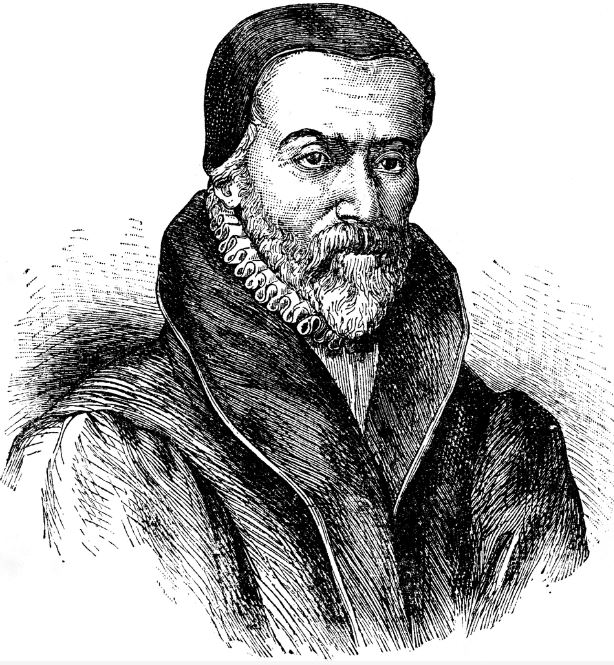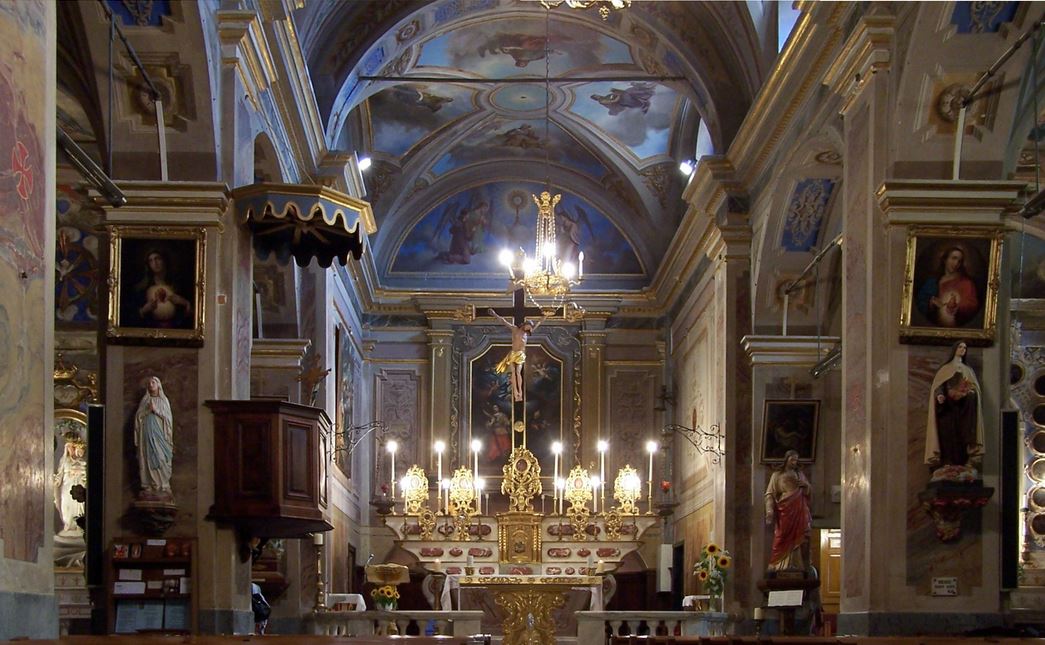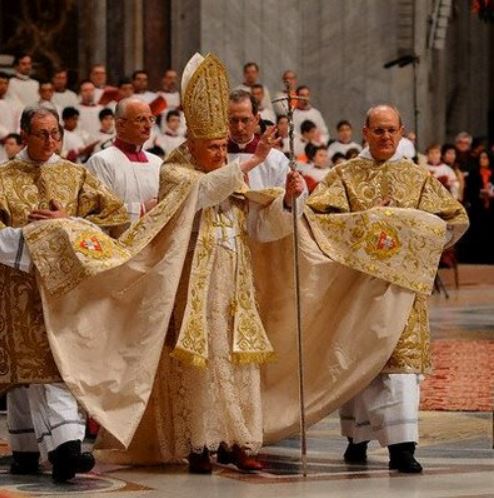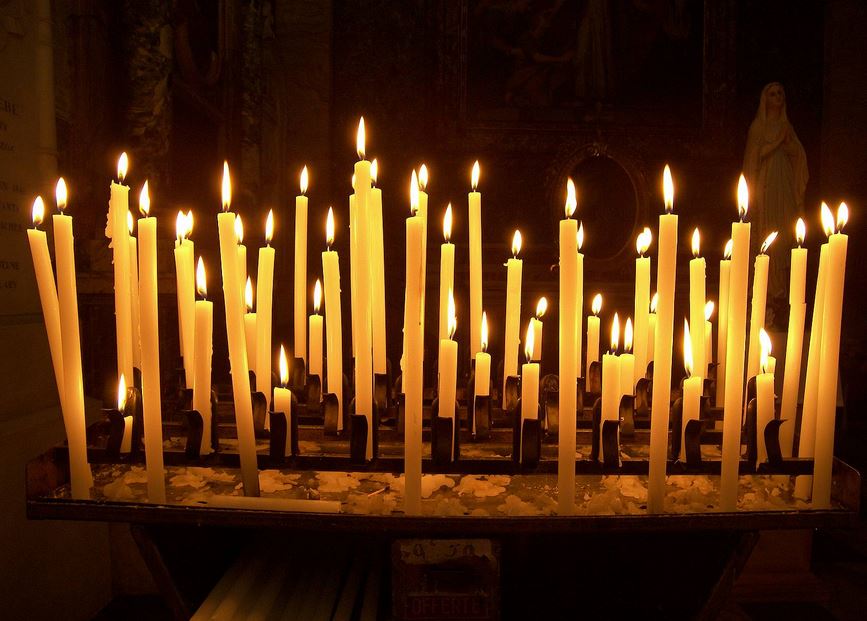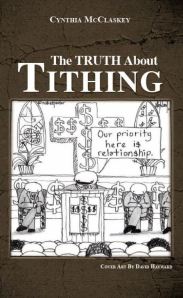 In part one of this article, I chose to cover the topic of Character Assassination by taking some early church history and dissecting it to see the tactics the church uses against those that have differing views or beliefs, question or oppose the church’s dogmas, doctrines or rules, question leadership, or expose lies and abuses. This tactic of Character Assassination shows itself throughout church history. It is not an isolated weapon used only a few times. Even today, this weapon of choice is used against those that oppose religious teachings, rules, doctrine, etc., or expose abuses.
In part one of this article, I chose to cover the topic of Character Assassination by taking some early church history and dissecting it to see the tactics the church uses against those that have differing views or beliefs, question or oppose the church’s dogmas, doctrines or rules, question leadership, or expose lies and abuses. This tactic of Character Assassination shows itself throughout church history. It is not an isolated weapon used only a few times. Even today, this weapon of choice is used against those that oppose religious teachings, rules, doctrine, etc., or expose abuses.
In part one, we discovered five tactics thus far, used against William Tyndale that are currently used today in religious institutions. When I left off with Tyndale’s story, he had just moved to Germany in order to flee the persecution from religious leaders in England. Because of the nature of some of the truths expounded in his story, I would like to also take the time to extract them for the reader to see. So, not only will I continue to highlight tactics as we get to them in his story but, I will also highlight certain truths that are important for every religious person to understand and realize. Why? Because what Tyndale dealt with is the same stuff that we deal with today in TODAY’s churches with religious leaders of all walks of faith. There is a reason for deception in teaching – that reason is control, as we shall soon see.
Let’s look at the rest of his story.
The Martyrdom of William Tyndale (1536)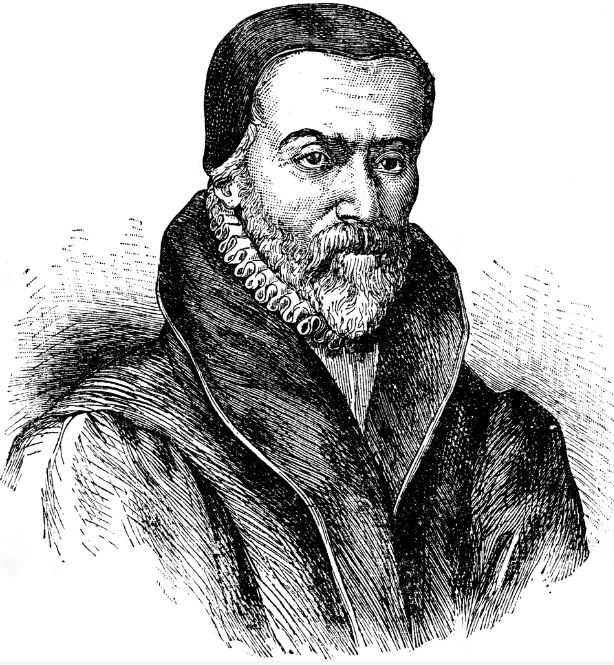
The New Foxes Book of Martyrs,
Pages 125 – 129
After meeting with John Frith, Martin Luther, and other colleagues, Tyndale decided that the only way he could obtain the benefits he wanted from his translation, was to put it in the language spoken by the common people, so that they could read and see the simple plain Word of God. Undoubtedly he was influenced in this decision by seeing Luther’s translation and the effect it was having on the German people.
Tyndale knew it wasn’t possible to establish the lay people in any truth unless the Scriptures were so plainly laid out before their eyes in their own language that they could understand the meaning of the text. Otherwise, the enemies of the truth would destroy it by using likely but misleading arguments, traditions of their own making that were without scriptural foundations, and by juggling the text and expounding on it in such a way that it was impossible to determine if what they said was the right meaning or not.
Tactic #6: Keep the lay people ignorant of the TRUTH of God’s Word by manipulating and twisting scripture and meaning.
**********
Okay, let me stop here and interject some thoughts. The truth that is brought to light here is very important for everyone to digest and consider. The enemies of the TRUTH were the religious leaders of the church! They were not the heathen/pagan people. They were not even other religious sects! How could that be? Think about it. Tyndale knew that the religious leaders of the church had SKILL. What was that skill? Deception – “Using misleading arguments, traditions of their own making that were without scriptural foundations, and by juggling the text and expounding on it in such a way that it was impossible to determine if what they said was the right meaning or not.” Does the reader realize how exceptional a skill this is? To be able to twist scripture and expound it in such a way as to gain follow-ship and keep them blind to the REAL TRUTH, is a great skill! Does the reader also realize that the clergy KNEW Tyndale was telling the truth and this incited them further to silence him? They were not interested in TRUTH, they were interested in control. Why? Because he who CONTROLS has power to generate wealth. Could it be that the power, prestige and money afforded them by the Church was not something they wanted anyone to mess with? If people knew the truth, it would affect their position and income. Another thought to consider is that these religious leaders had the ability to be able to incite to violence those same followers against someone trying their hardest to get the truth to them! Using deception to gain control is a tactic of many religious leaders and, they hone those skills with practice.
Now, back to the story.
**********
He was certain that the chief cause of all the trouble in the Church was because the Word of God was kept hidden from the people, and so for a long time the abominations and idolatries of the hypocritical and self-righteous clergy could not be seen. For this reason, the clergy did all they could to keep the Scriptures hidden so that they could not be read at all. And even if someone COULD read them, the clergy so twisted their meaning that the unlearned lay people who despised their abominations could not solve the riddles in their doctrines, even though they knew in their hearts that what the clergy taught them was false.
**********
Herein lies another great TRUTH that resonates with me in a big way. One of the biggest frustrations that I had for many years was that my study of scripture showed me things that were being taught that were not true. BUT, like these people in Tyndale’s day, the word acrobatics and twisting by clergy was so good from the pulpit that it caused me to dismiss the truths that I was seeing. My thought was, “they are more educated than me, so surely THEY must be right.” In my heart and mind, the conflict raged within me for years. Every Bible study I did was revealing truths that contradicted doctrines. Every time I came across truths, it made me angrier and angrier because, I was SEEING truth in scripture and angry that what I was taught contradicted it! It became such a mental battle that I had a sleep disorder for years. I also knew that to question clergy about doctrine would bring me under ridicule and attack from the pulpit.
What was happening to me can happen to anyone. I was interpreting scripture based on what THEY told me it meant, not on the truths that God was revealing to me through his Word! When we dismiss truth to continue to believe the lies we are told, we become pawns to be used to suit the whims of clergy. Sadly, we will even be the ones incited to hatred and violence against those that oppose us or believe differently. We will be incited to violence against those that expose the lies or abuses. We will fight against the ones that try to point out the truth with vigor and continue to believe the lies we are told.
Now, let’s get back to the story.
**********
For this and other reasons, God stirred up this good man to translate the Scriptures into English for the benefit of the simple people of his country. Tyndale began printing his New Testament translation in 1525 in Cologne, Germany, but was interrupted by a legal injunction and completed the printing in Worms in 1526. Soon after, his translation appeared in England. When Cuthbeth Tonstal, bishop of London, and Sir Thomas More, speaker of the House of Commons, saw the translation they were much offended and began to devise ways in which they could destroy what they called “that false, erroneous, translation.”
Tactic #7: Any works written that show TRUTH must be labeled and shown to be FALSE. This is done by twisting scripture and meaning to reinforce that the truth is a lie and then, to LABEL the work so that people will be more likely to dismiss it as such. Works can be labeled the same way that clergy label people. It works the same in both areas. However, to label the work also transfers the label onto its author.
As it happened, Augustine Packington, a textiles merchant, was at Antwerp in the Netherlands on business, and there met bishop Tonstal, who was there because Tyndale had moved there from Worms.
Tactic #8: Follow the heretic everywhere you can. Enlist the aid of others in other areas to help in your cause to destroy the heretic and his works that expose truth.
Packington liked Tyndale but told the bishop he did not. Tonstal and Thomas More had devised a plan whereby they would buy all of Tyndale’s books before they reached England, and he told this to Packington. Packington replied, “My Lord! I can do more to help you in this matter than most of the merchants here, if it would so please you. I know the Dutch men and strangers that have bought Tyndale’s books from him to resell them, so if you will give me the money I need, I will buy every book from them that has been printed and is still not sold.”
The bishop, thinking he had God “by the toe” and in his control, said, “Do your best, gentle Master Packington. Get them for me and I will pay whatever the cost, for I intend to burn and destroy them all at Paul’s Cross church in London.”
Upon receiving the bishop’s money, Packington went immediately to Tyndale and told him the whole plan, and an agreement was made between them to sell the bishop all the books he could be sold. So the bishop of London had the books, Packington had the thanks, and Tyndale now had ample money to print more books.
After this took place, Tyndale revised and corrected his New Testament and increased its printing so that three times as many books were sent to England. When the bishop learned that more books were appearing in England, he sent for Packington, who was in London on business, and said to him, “How can it be that there are so many New Testaments here? You promised me that you would buy them all.”
Packington answered, “I bought all of them that were available, but obviously they have printed more since then. It will probably get no better so long as they have stamps with which to ship the books, so you had better buy the stamps also if you want to be sure.” At this answer the bishop smiled, realizing that he had been hoodwinked, and so the matter ended.
A short time after, a George Constantine, who was suspected of certain heresies, was taken into custody by Sir Thomas More, who was now lord chancellor of England. More said to him, “Constantine, I want you to be frank with me about what I’m going to ask you. If you are, I promise you I will show favor to you in all the other things that you are accused of. Across the sea is Tyndale, Joye, and a great many like you. I know they cannot live without help. There are some that help them with money, and since you are one of them and you know where their money comes from. I urge you to tell me who is helping them.”
“My lord,” Constantine said, “I will tell you the truth. It’s the bishop of London who has helped us, for he has given us a great deal of money for New Testaments so he may burn them. He has been and is our only help and comfort.”
“I’ll keep my pledge,” said More, “for I thought that’s what it was, and so I told the bishop before he went about doing it.”
Soon after, Tyndale translated the Old Testament, and wrote introductions to each chapter that were well worth being read over and again by all who saw them. These books were taken into England by various means, and it cannot be told what a door of light they opened to the eyes of the whole English nation, which before had been shut up in darkness. Tyndale’s books, especially the New Testament translation, were of great spiritual benefit to the godly lay people, but of great harm to the ungodly clergy, who were afraid that by the shining beams of truth their deeds of darkness would be clearly seen. So they began to rouse themselves and plan how they might stop Tyndale.
Tactic #9: Spare no means to destroy the truth and those that bring it!
**********
I would like to offer up some more thoughts here. The clergy had done their best to keep the Word of God out of the hands of the people. By doing so, it afforded them an opportunity to manipulate and control the common people. Once the truth came to light and began to spread, people realized that they had been deceived and began to fall away from the Church of Rome. This affected the church leaders because it also affect their pocketbooks. Stomping out the root cause – the reading of scripture by the common people – was the only way they could regain control of the masses and secure their livelihoods. Church leaders wanted to maintain control of people. Control brings wealth and power. What church history tells us is that eventually, the printing of scriptures had to be banned under penalty of death because masses of people were finally being freed from the bondage to the church, and leaving it.
. . . Click Here to Continue to Part 3

